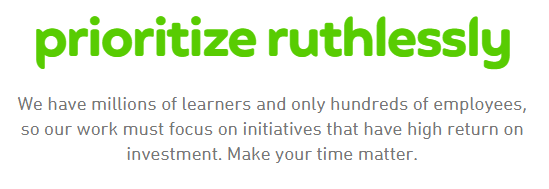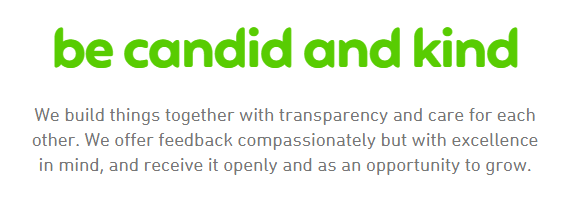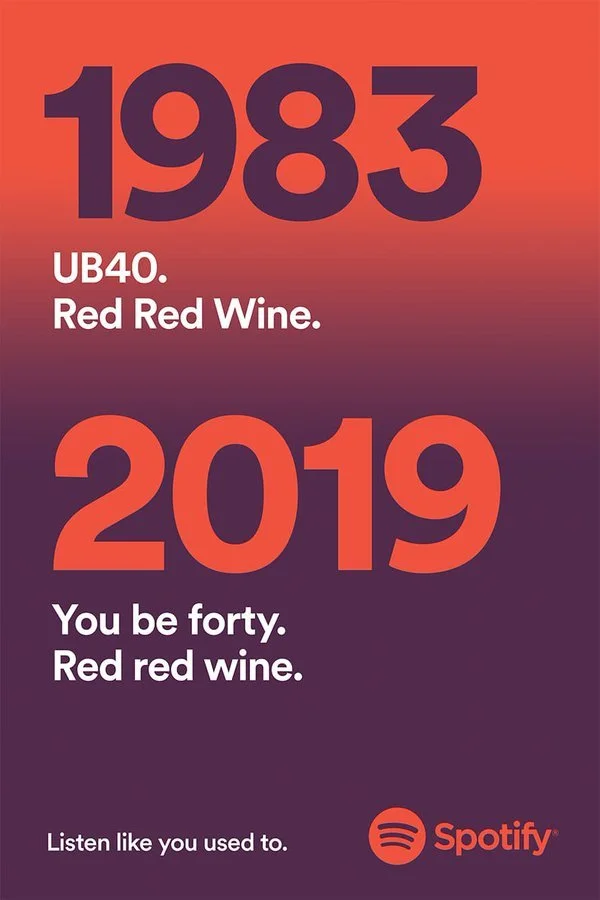Should team, customers or competitors have more of an influence on your tone of voice?
There’s sometimes a bit of controversy when it comes to bringing customer voice or competitor research into tone of voice development. Many say that tone of voice should simply represent the brand in question.
But I’d argue a solid tone of voice development project should explore not only the brand but its customers and competitors. Our brands don’t exist in a vacuum, so why create like they do?
Brand voice is only about the brand
True, you’ll find loads of brands (maybe even the majority?) match the brand voice with the company’s personality or vibe. And that makes sense. Especially if the brand grew from nothing and has an established company culture, it’s natural and comfortable for that to bleed through into their marketing.
And it works. We love those chummy, relatable brands. We love the fact that when we speak to our favourite brand’s customer service department we hear the same peppy tone we see on their Instagram feed.
I like this example from Duolingo where we can see that their company values have direct correspondence with their tone of voice. Here, we have two of their nine brand values from their careers page on their website.
Below, we have examples of this value being demonstrated in their tone of voice.
So we have this value of efficiency and keeping things brief, which is paired with a tone of voice that’s short and sharp. The sentence “First 2 weeks on us” is particularly snappy.
Then we have the company value of compassionate feedback, which fits perfectly with the infamous push notifications that remind you to keep practising.
But is emulating your company values the be all and end all of tone of voice? I don’t think so.
Let’s hear from customers and competitors
Some of the most effective brand voice I’ve seen is heavily influenced not by what goes on in head office, but by what the customers or competitors are up to. Like Thursday, the dating app, who rely more heavily on customer voice than almost any other brand I’ve seen.
Or look at Spotify, who clearly took a long hard look around their sector then set out to sound different from absolutely all of them.
For me, the best brand voices in terms of strength, longevity and uniqueness are found in the crossover created by research into team, customer and competitor.
Here’s another example from my own work. I partnered with an accounts payable SaaS last year to develop their tone of voice. The team turned up to every meeting in hoodies. They cracked at least a joke a minute, had each other in stitches, and if you didn’t already know, you’d never guess who on the call was the boss. There was a lovely lack of hierarchy and deference. They were cool.
But would this informal, light-hearted, hilarious tone work for their accounts payable customers? From the research we did, not a chance. Those customers want to know their work is taken seriously. They want a fast, elegant answer to their problems that gets things done. So in this case, we turned the team’s informality and personable nature into a relatable, supportive partner that speaks in clear language and focuses on the positives. If we had ignored our customer research, our tone of voice would have been all the poorer for it. It might have completely missed the mark.
Similarly, if you don’t take the time to do competitor research, how will you know where your tone of voice positions you in the market? It’s not always about standing out, sometimes to be the safe and trusted option we need to follow the pack when it comes to tone of voice. But if you haven’t looked at the pack, how do you know where to follow it?
I’d love to hear your thoughts. Drop me a comment below: how do you think the three should be weighted? Or does it vary per project?
If you’d like to chat more about tone of voice for your business, I’d love to hear from you.






